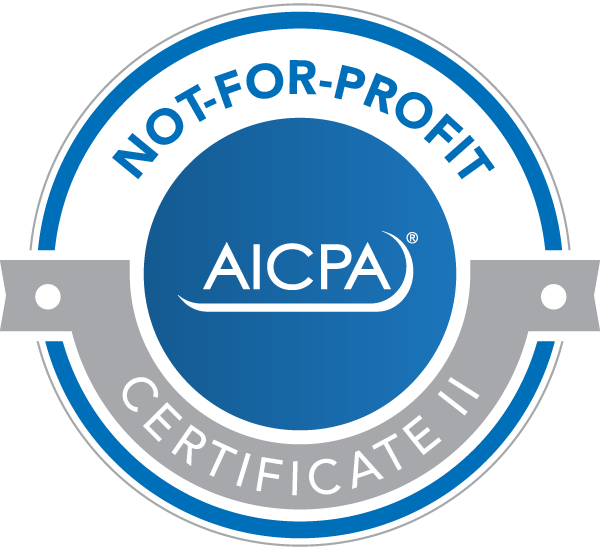The IRS and the U.S. Treasury had disbursed 160.4 million Economic Impact Payments (EIPs) as of May 31, 2020, according to a new report. These are the payments being sent to eligible individuals in response to the economic threats caused by COVID-19. The U.S. Government Accountability Office (GAO) reports that $269.3 billion of EIPs have already been sent through a combination of electronic transfers to bank accounts, paper checks and prepaid debit cards.

Eligible individuals receive $1,200 or $2,400 for a married couple filing a joint return. Individuals may also receive up to an additional $500 for each qualifying child. Those with adjusted gross income over a threshold receive a reduced amount.
Deceased individuals
However, the IRS says some payments were sent erroneously and should be returned. For example, the tax agency says an EIP made to someone who died before receipt of the payment should be returned. Instructions for returning the payment can be found here: https://bit.ly/31ioZ8W
The entire EIP should be returned unless it was made to joint filers and one spouse hadn’t died before receipt. In that case, you only need to return the EIP portion made to the decedent. This amount is $1,200 unless your adjusted gross income exceeded $150,000. If you cannot deposit the payment because it was issued to both spouses and one spouse is deceased, return the check as described in the link above. Once the IRS receives and processes your returned payment, an EIP will be reissued.
The GAO report states that almost 1.1 million payments totaling nearly $1.4 billion had been sent to deceased individuals, as of April 30, 2020. However, these figures don’t “reflect returned checks or rejected direct deposits, the amount of which IRS and the Treasury are still determining.”
In addition, the IRS states that EIPs sent to incarcerated individuals should be returned.
Payments that don’t have to be returned
The IRS notes on its website that some people receiving an erroneous payment don’t have to return it. For example, if a child’s parents who aren’t married to each other both get an additional $500 for the same qualifying child, one of them isn’t required to pay it back.
But each parent should keep Notice 1444, which the IRS will mail to them within 15 days after the EIP is made, with their 2020 tax records.
Some individuals still waiting
Be aware that the government is still sending out EIPs. If you believe you’re eligible for one but haven’t received it, you will be able to claim your payment when you file your 2020 tax return.
If you need the payment sooner, you can call the IRS EIP line at 800-919-9835 but the Treasury Department notes that “call volumes are high, so call times may be longer than anticipated.”
- Evaluate whether a Health Savings Account is beneficial to you - September 19, 2023
- Investment swings: What’s the tax impact? - September 12, 2023
- Plan now for year-end gifts with the gift tax annual exclusion - September 5, 2023
- Selling your home for a big profit? Here are the tax rules - August 29, 2023
- The tax consequences of employer-provided life insurance - August 22, 2023









